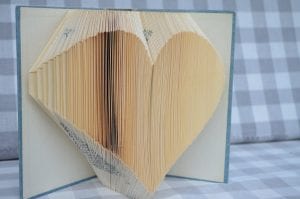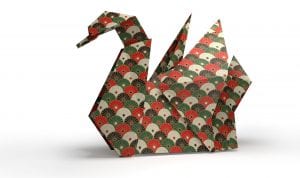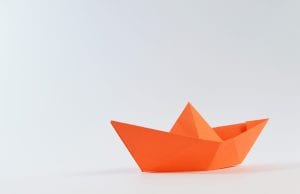10 CREATIVE FACTS ABOUT ORIGAMI!
FACTS ABOUT ORIGAMI
1. Origami has fascinating origins.
Prior to being known as origami, it was called ‘orikata’. The word orikata comes from the Japanese words ‘ori’ and ‘kari’, which respectively mean ‘folded’ and ‘paper’.
Believe it or not, some controversy exists re the exact origin of origami. Some believe the Chinese began folding cloth and leather, then paper. Others believe the Japanese were the first to participate in paper folding. Either way, this cherished art form has ancient roots with records from 200 AD – further suggesting origami was used for ceremonies and religious purposes.
2. How is origami used?
Origami is a widely-recognized and now competitive art form. Its uses vary, but it’s most frequently seen in decorative displays and as toys. More serious origami enthusiasts participate in competitions, however! The influence of origami extends beyond art and has evolved for use in designs and engineering projects.

3. The origami master!
Akira Yoshizawa was named the world’s best ‘origamist’ in November 2020. He was self-taught, and first created paper signs of the Zodiac in 1952! Born March 14th 1911, he became known as a ‘Grand Master’ in 1989.
Known as the Father of Origami, he became a cultural ambassador for Japan and wrote 18 books on the art. He was even awarded The Order of the Rising Sun, by Emperor Hirohito of Japan!
4. The gift of the Samurai
Known perhaps best for their fighting prowess, Samurai also use origami. They offered gifts decorated with Noshi Awabi – now known simply as Noshi – a type of origami used as tokens of good luck.

5. NASA uses origami!
Designers, physicists, and engineers at Nasa all use origami to test theories. Space engineering is expensive. Papercraft with exacting reference to scaled-down models can be used to establish the best way to load equipment into confined and awkward spaces. In fact, their Exoplanet Exploration program used origami to ensure their designs were viable!
6. 1,000 cranes!
Origami plays a huge role in traditional Japanese weddings. Two origami butterflies are often displayed to signify marital bliss in the partnership. As well as butterflies, other simple designs are frequently gifted.
Possibly the most famous use of origami in marriage is the tradition of the 1,000 cranes. In a practice known as Sembazuru, the young couple to be wed fold 1,000 paper cranes together to decorate their wedding hall. Alternatively, the bride is gifted 1,000 cranes by her father. Both practices follow the belief that the cranes grant a wish to whoever holds them.
7. Fold and fold again!
There are three fundamental types of origami. They are the Valley fold, the Mountain fold, and the Squash fold – which is the more complex of the three.
8. Origami saves lives!
Origami is used for inspiring medical applications. A good example is that of life-saving stents! By folding stents in a flexible system for positioning, they can then be unfolded to expand to their full extension once in position at the desired location – such as to help support the heart.

9. Read all about it!
The first book written about origami, titled ‘Sembazuru Orikata’, was published in 1797 – and told of the legend surrounding the time-honored practice of folding 1,000 cranes for a wedding.
10. On a different plane.
Since the early noughties, a type of origami known as tessellation has seen a huge rise in popularity. These impressive pieces are usually formed by repeating patterns such as herringbone, and covering a whole sheet of paper with no gaps or overlaps, instead pleats, and twists are used to connect sections.

Comments
Post a Comment
SO DO YOU GUYS HAVE ANY INTERESTING INFO RELAVENT TO OUR BLOG
COMMENT BELOW!!